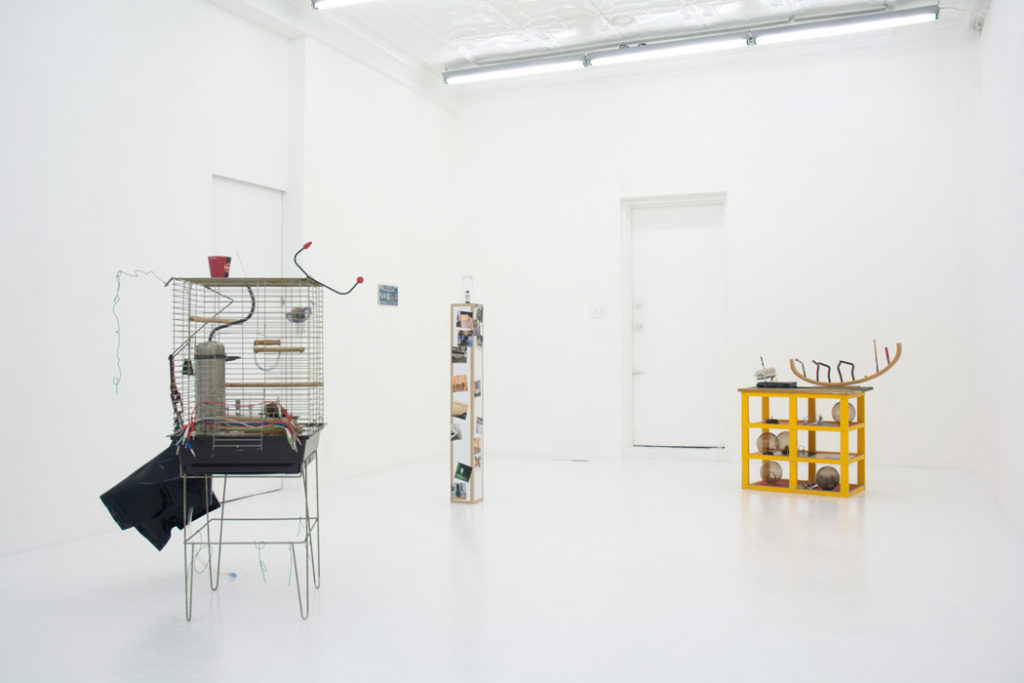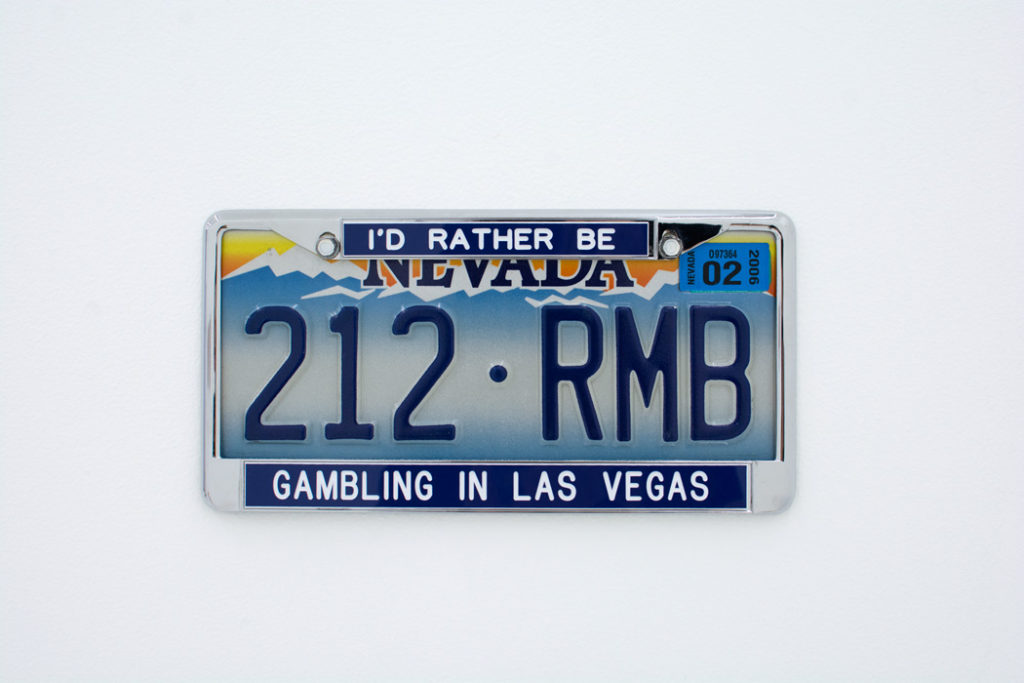Kodi Fabricant

“Fatberg vs. Turd-nado” marks the seventh publication as part of These Essays, a series selected by editors-in-residence Suzanne Doogan and E. Saffronia Downing.
A close friend of mine was recently contracted to fabricate a window display at Barney’s in New York City. The installation was for designer Rick Owens. It was a large mass made mostly of dirt. Her coworkers called it “turd-nado.” I laughed to myself for weeks whenever I thought of this. To my surprise, the installation was affectionately nicknamed “turd-nado” before its arrival in New York City. The installation first debuted in Milan, during a Rick Owens retrospective titled “Subhuman Inhuman Superhuman.”
From an article published in “The Window” May 4th, 2018 penned by Anna Deutsch:
The team was especially struck by Owens’ Earthwork sculpture—a giant globular installation made from crushed lilies, his actual hair, concrete, and sand that was suspended over the entire exhibit. The piece was inspired by a 20-year-old Owens quote: “I would lay a black glittering turd on the white landscape of conformity.” And though there’s a sense of humor in that the sculpture is dubbed “turd-nado,” as with all things Owens, it is far more cerebral. “It really is supposed to represent something urgent, a kind of creative primal force that we all have,” he says. To Mazzucca, bringing that force to the Madison Avenue windows was a must. Owens agreed.

It reminds me of that time I participated in a live performance planned by Matmos at a Chelsea art foundation gala. I perched on a sink with a video camera, recording Angel, the plumber who removed the toilet from the gallery bathroom, and proceeded to snake an endoscopic camera into the sewage pipes. We poured a mixture of gold glitter and water down the hole, and it showed up as a projection behind the performers. High society patrons watched a live feed of the plumber’s routine coming from my camera mixed with footage from the endoscopic camera.
There was no turd in the pipes that night, just glittering gold flakes in the system. Owens’ metaphorical turd is glittering black, not gold, and exists distinctly beyond the designer himself. The sentiment is not so much that upper upper class socialites shit just like “the rest of us”: the sewage system of New York City does not discriminate between classes of shit. No, Owens’ turd art represents a “creative primal force that we all have”–
Introducing… “fatberg.”
A fatberg is an amalgamation of non-biodegradable waste, like baby wipes, and cooking oil/fat that builds up in obstructed sections of outdated sewer systems. Seven fatbergs were recorded in the United Kingdom, and one in Australia, from 2013-2017. Baltimore is the first American city to make the list. On September 26, 2017 a fatberg was discovered in a sewer main between Baltimore Penn Station and the 1700 block of Charles Street. Right under the Male/Female statue. It caused 1.2 million gallons of raw sewage to overflow into the Jones Falls.

In February 2018, a dried section of a fatberg from Whitechapel, London was put on display at the Museum of London. Rick Owens’ retrospective at the Triennale de Milano ran from December 2017 – March 2018. For the months of February and March 2018, an individual could visit cultural institutions in two major cities and view a circumstantial byproduct of human waste and a designer’s subversive representation of human creation that resembles human waste.
Which one do you think took up more space in the gallery?
(The one with an ego.)

Language escapes me as I try to articulate the symbolism of the synchronicity in the exhibitions of fatberg and turd-nado. So, naturally, I imagine the two competing in battle. The habit of denying the Source in favor of the Spectacle empowers the Source.
It feeds on negation, like a demon to fear or like the Japanese video game Katamari Damacy, whose title translates to “clump soul”. The Source suppressed mutates into Spectacle. Dwelling underground, under pavement we walk on everyday, beneath buses, cars, bicycles, people yelling, people walking their dogs, dogs pooping, dogs peeing, dogs barking, police officers directing traffic. Energy transference happens constantly aboveground while the Spectacle chimera of the Source sweats in its confinement. Solve et coagula.
The Baltimore Museum of Art should’ve put a dried piece of the First American Fatberg on display.
These Essays is a periodical mini-series of non-fiction writing curated for the promotion of joy and inquiry by E. Saffronia Downing and Suzanne Doogan. For the duration of the project, one essay will be posted each Sunday here on Post-Office Arts Journal. Writing is not restricted by theme, and ranges from pop culture criticism to personal essay and material analysis. For more information or to contribute an original piece, please contact theseessays@gmail.com.




